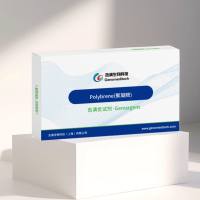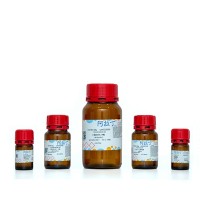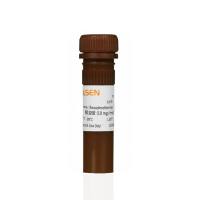DNA Transfection of Mammalian Cells Using Polybrene
互联网
800
Many techniques have been developed to transfect mammalian cells with DNA (1 –2 ). The most commonly used method is to expose cells to a coprecipitate of DNA and calcium phosphate (3 ). This technique works very well with both genomic and recombinant DNA sequences for some cell lines, e.g., mouse L-cells, but less well with other cell types such as Chinese hamster ovary (CHO) cells (2 –4 ). Since the ability to rescue mutant phenotypes by exogenous DNA provides a means to identify gene products and to clone their genes (5 ), the reduced ability to transform CHO cells by the calcium phosphate technique has slowed the use of the large number of CHO cell mutants (6 ) in transfection and rescue experiments. In this chapter we will describe a simple, reproducible method for DNA transfection (7 ) that is a modification of a method originally developed for the introduction of viral sequences into chick embryo fibroblasts (8 ). The method involves exposing the cells to DNA in the presence of the polycation polybrene, followed by a DMSO shock. The polybrene apparently interacts with the charge on the cell and the DNA, allowing the DNA to absorb more easily to the cell membrane.









